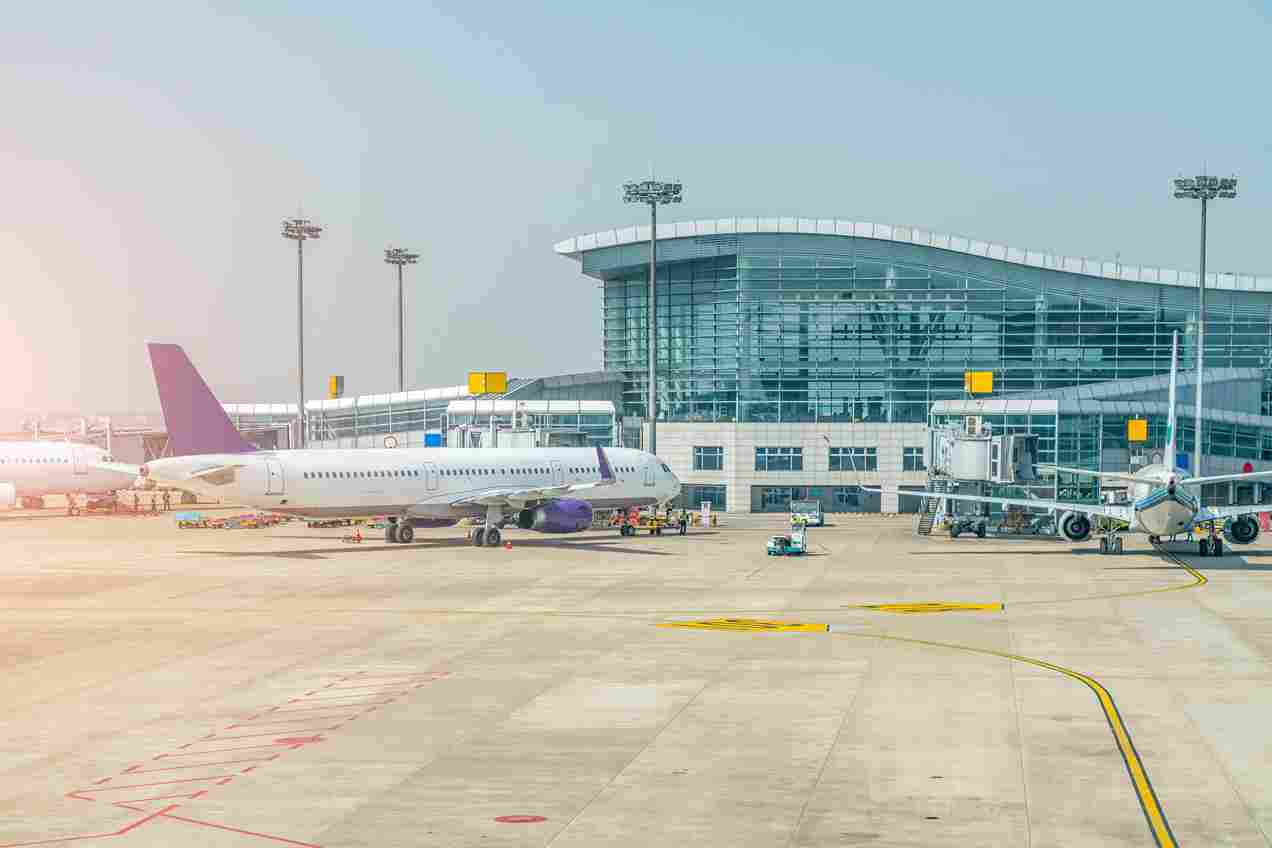Though airlines have begun operations subject to government clearance, the fact of the matter remains that they may not get enough travellers to viably operate flights as the fear of COVID-19 and a COVID-like pandemic will continue to haunt travellers for some time, says Manoj Srivastava, Director – Aviation Technology, Lorhan IT.
Though COVID-19 may go in the next couple of months, the fear of it will take a few years to vanish or until everyone is vaccinated. But, this doesn’t mean that people will stop travelling. It only means that extra care will have to be taken when travelling. The government has already announced that it will infuse `20 lakh crore in the MSME sector and while an additional relief fund may be announced for the aviation/ hospitality industry, the most important decisions are to be taken by industry stakeholders, those directly/ indirectly involved, when preparing business processes, policies, and technical interfaces among all systems across airlines, airports, AAI, MRO, DGCA, BCAS, MoCA and other associates. The COVID-19 situation has given stakeholders and policymakers an opportunity to think differently and discuss closely the development of an industry framework for seamless connections and operations across airlines and airports.
Wearing a PPE and sanitising hands, baggage, aircraft seats, trolleys, check-in kiosks could be a normal practice for a few years, but fast and touchless traffic processing and seamless boarding will be the ultimate customer experience.
Operational readiness -Airlines
In the entire aviation business, only airlines can bring business back. While they may have already harped on questions of seat price, load factor, breakeven, etc., for better and faster recovery, the following should be considered.
- Initially, start flying between metropolitan and business-oriented cities such as Mumbai, Delhi, Kolkata, Chennai, Bengaluru, Hyderabad, Pune and Ahmedabad
- Keep smaller aircraft in rotation – ATR-72, Q400 or CRJ550/700
- Keep airfare high but don’t charge cancellation fee; date change and sector change should be allowed
- Disposable medicated face mask, gloves, sanitiser pouch to be distributed free of cost
- Sanitiser towel to be given in-flight
- Ground staff, cabin crew should wear disposable airlines brand/logo-printed PPE
- Aircraft should be sanitised in each landing and fully disinfected at night
- Promote branding as ‘safe, secure and hygienic’ airline
- Keep operating cost as low as possible; outsource all non-airline functions and focus on core airline functions
Operational readiness – Airports
Technically, the airport’s IT application and the airline’s application should have a common interface and exchange data whenever required in real time. Procedures should include:
- Sanitised baggage trolley should be available
- Face recognition device to be installed at departure/ entry gates
- Sufficient number of check-in kiosk machines to be placed inside the terminal building
- Saitiser dispensers to be installed at each touchpoint
- UV disinfection gate to be installed at security gate
- Proper social distancing to be maintained
Recommendations for seamless operations
- Try to take less time to check-in, frisking, boarding, de-boarding, etc.
- Face recognition devices to be installed at entry gate; real-time traveller data to be retrieved from NIC (National Information Centre) server
- Every touchpoint should be accessible and service-authenticated through smartphone
- RFID-enabled baggage tag on each check-in luggage, so that airlines and travellers may track the bag across its journey
- Instant taxi booking facility on arrival
 TravTalk India Online Magazine
TravTalk India Online Magazine




